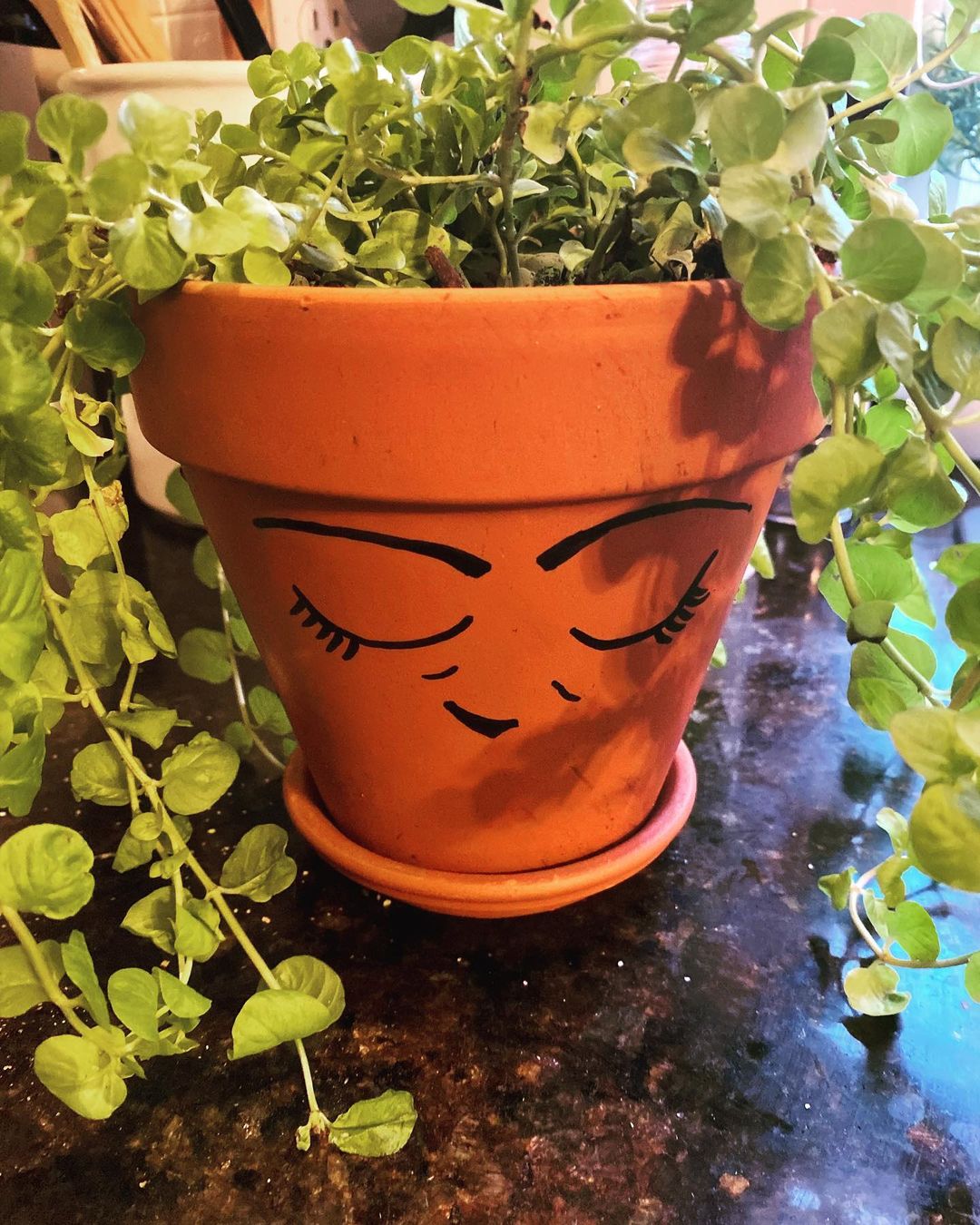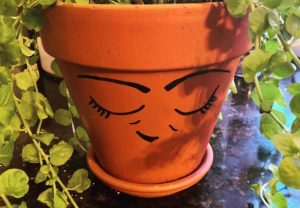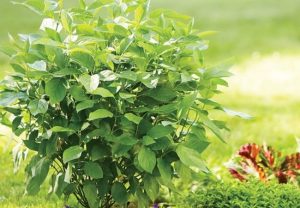Creeping Jenny (Lysimachia nummularia) is a fast-growing, low-maintenance ground cover with round, coin-shaped leaves and yellow flowers. It thrives in moist, well-draining soil and partial to full sun. Regular watering, occasional fertilizing and pruning to control spread are key aspects of its care.
As a horticulturist with over two decades of experience in ornamental plants, I’m excited to share my knowledge about caring for Creeping Jenny. This versatile plant can add a splash of color and texture to your garden, whether as a ground cover, in hanging baskets, or as a complement to water features.
Here’s a detailed chart with information on Creeping Jenny:
| Category | Information |
|---|---|
| Botanical Name | Lysimachia nummularia |
| Common Name | Creeping Jenny, Moneywort |
| Plant Type | Perennial, Groundcover |
| Hardiness Zone | USDA Zones 3-9 |
| Sun Exposure | Full sun to partial shade |
| Soil Type | Moist, well-drained soil |
| Watering | Moderate to high (prefers consistently moist soil) |
| Growth Habit | Low-growing, trailing, spreading |
| Height/Spread | 2-4 inches tall, spreads indefinitely (can cover large areas) |
| Special Features | Vigorous groundcover, bright green to golden foliage, can be invasive, excellent for erosion control, tolerates wet conditions, suitable for hanging baskets and container gardens |
Understanding Creeping Jenny

What is Creeping Jenny?
Creeping Jenny, also known as moneywort or herb twopence, is a perennial plant in the primrose family. It’s native to Europe but has naturalized in many parts of North America.
For more botanical information, visit the Missouri Botanical Garden’s Creeping Jenny page.
Varieties of Creeping Jenny
- Lysimachia nummularia ‘Aurea’: Golden-leaved variety
- Lysimachia nummularia ‘Green’: The standard green-leaved form
- Lysimachia nummularia ‘Goldilocks’: Compact, golden variety
Growing Conditions for Creeping Jenny
Light Requirements
Creeping Jenny prefers:
- Partial to full sun in cooler climates
- Partial shade in hotter regions
Soil Preferences
For optimal growth, provide:
- Moist, well-draining soil
- Slightly acidic to neutral pH (6.0-7.0)
For more on soil preparation, check out Cornell University’s Soil Basics Guide.
Temperature and Hardiness
- Hardy in USDA zones 3-9
- Prefers temperatures between 60-75°F (15-24°C)
Planting Creeping Jenny
When to Plant
- Spring or early fall are ideal planting times
- Avoid planting during extreme heat or cold
How to Plant
- Space plants 12-18 inches apart
- Dig holes as deep as the root ball and twice as wide
- Place plant at the same depth it was in the container
- Backfill with soil and water thoroughly
Caring for Creeping Jenny
Watering
- Keep soil consistently moist but not waterlogged
- Water deeply once or twice a week, depending on rainfall
Fertilizing
- Apply a balanced, slow-release fertilizer in spring
- Avoid over-fertilizing, which can promote excessive growth
For more on fertilizing perennials, visit University of Minnesota Extension’s guide.
Pruning and Maintenance
- Trim back in spring to encourage compact growth
- Control spread by cutting back edges as needed
- Remove any dead or yellowing foliage
Common Problems and Solutions
Pest Issues
- Slugs and snails: Use organic slug bait or beer traps
- Spider mites: Spray with neem oil or insecticidal soap
Disease Concerns
- Root rot: Ensure proper drainage and avoid overwatering
- Leaf spot: Remove affected leaves and improve air circulation
For more on plant diseases, check out Penn State Extension’s Plant Disease Basics.
Using Creeping Jenny in the Landscape
As Ground Cover
- Use to cover bare areas in partial shade
- Plant between stepping stones or along pathways
In Containers
- Excellent for hanging baskets or as a spiller in mixed containers
- Use in window boxes for a cascading effect
Near Water Features
- Plant around ponds or water gardens
- Use to soften the edges of water features
Propagation Methods
Division
- Divide plants in spring or fall
- Replant divisions immediately and water well
Stem Cuttings
- Take 4-6 inch cuttings in summer
- Remove lower leaves and place in moist potting mix
- Keep soil moist until roots develop
For more on plant propagation, visit University of Florida’s IFAS Extension guide.
Creeping Jenny is a versatile and low-maintenance plant that can add a vibrant touch to various areas of your garden. With proper care, including regular watering, occasional fertilizing, and pruning to control its spread, you can enjoy its lush growth and cheerful yellow flowers throughout the growing season. Whether you’re using it as a ground cover, in containers, or near water features, Creeping Jenny is sure to be a delightful addition to your landscape.
Remember to monitor its growth, especially in ideal conditions, as it can spread aggressively. With a little attention and care, you’ll be rewarded with a beautiful, hardy plant that enhances the beauty of your outdoor space.
For more information on ground covers, visit the Royal Horticultural Society’s ground cover plants page.



